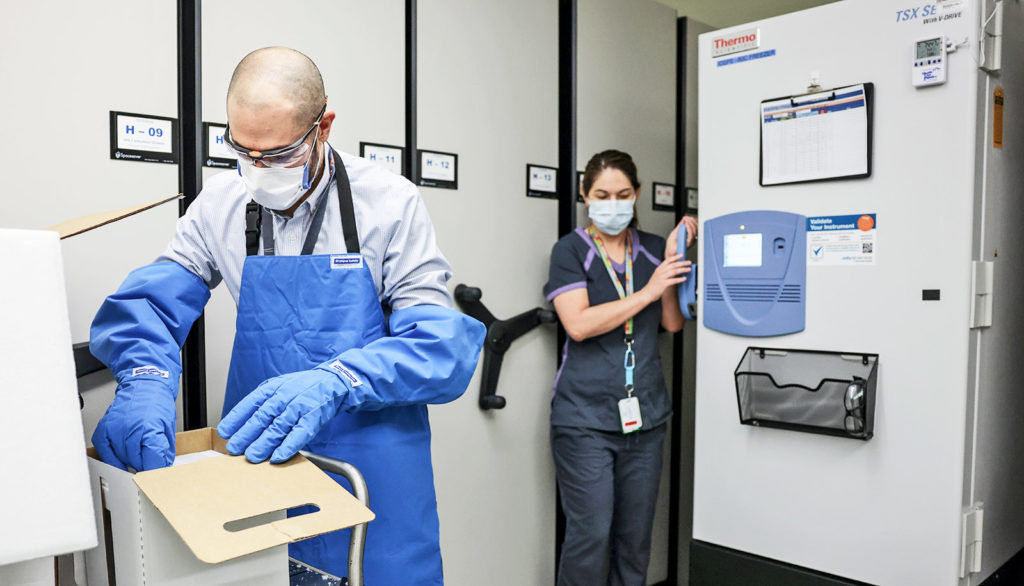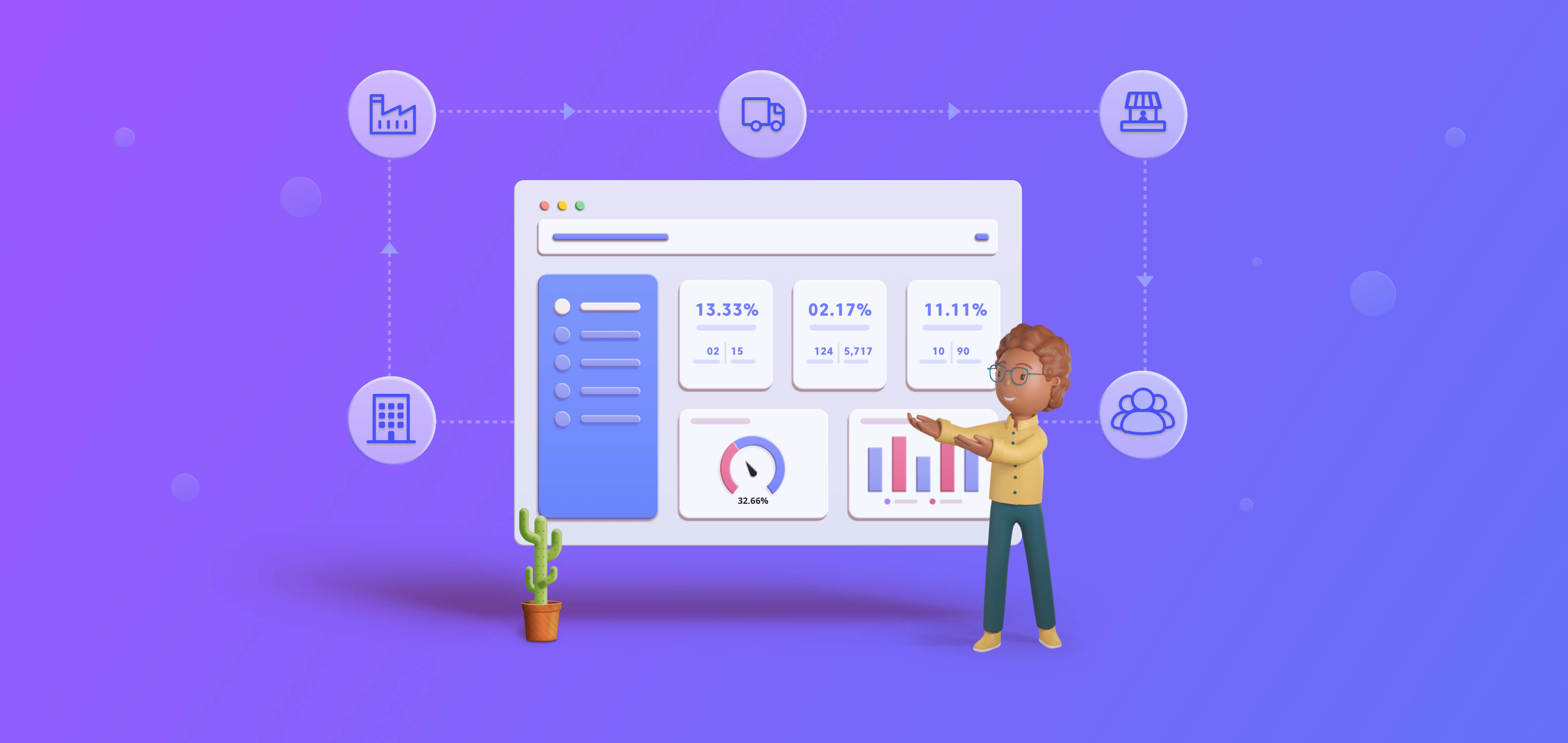
The changing role of the CFO in a post-Covid-19 world
Pre-Covid-19, CFOs primarily focused on reporting historical financial performance. But today, with rising logistics costs, supply chain bottlenecks, escalating input costs, and the uncertainty of sales, developing a forward-looking perspective is a must, write Chee Wee Teo, Huan Gao and Adam Mokhtee from Alvarez & Marsal.
In the months and years ahead, the CFO role must significantly evolve to keep up with the ever-changing Covid-19 environment. To be successful in the role, CFOs need to apply predictive thinking, adopt a greater strategic view, and increase their focus on forward risk assessment and contingency planning.
Develop a forward-looking perspective
Traditionally, finance teams spent 80% of their time on reporting results and 20% of their time on forecasting. In a Covid and post-Covid world, that ratio needs to shift toward a forward-looking approach that will better prepare companies to respond to unexpected events.
With this new approach, the CFO’s conversations with the CEO and the board will center on what could happen in the future. For the CFO who is accustomed to relying on historical data, this may be an uncomfortable transition, but it’s vital for the changing role of the effective CFO.
Digitize the finance function
Although digitizing processes has always been necessary for efficiency, the digitization offorecasting has become especially crucial. Leveraging digitization for predictive analytics can help anticipate challenges ahead and allow companies to stress test their business plans.
In some companies, the CFO manages the finance team while the Chief Digital Officer leads the data analytics effort. We strongly encourage the finance function to collaborate with data analytics so that the CFO can develop a predictive, forward-looking view of where the business can go.
The following should be digitization focus areas:
Customer focus:
Build a profile of key customers, their cadence in ordering products, consumption pattern and liquidity situation.
Production and inventory management:
Establish a robust production system (that captures the right production costs) all the way through to an effective sales fulfillment (that delivers the right product to customers at the right time witminimal production waste and inventory leftover). These interdependent processes are typically filled with manual touchpoints and subject to human judgement. This can be significantly augmented with digital tools to drive optimization.
Read more at The changing role of the CFO in a post-Covid-19 world
Share your opinions with us by leaving comments below. Subscribe us to get updates.









